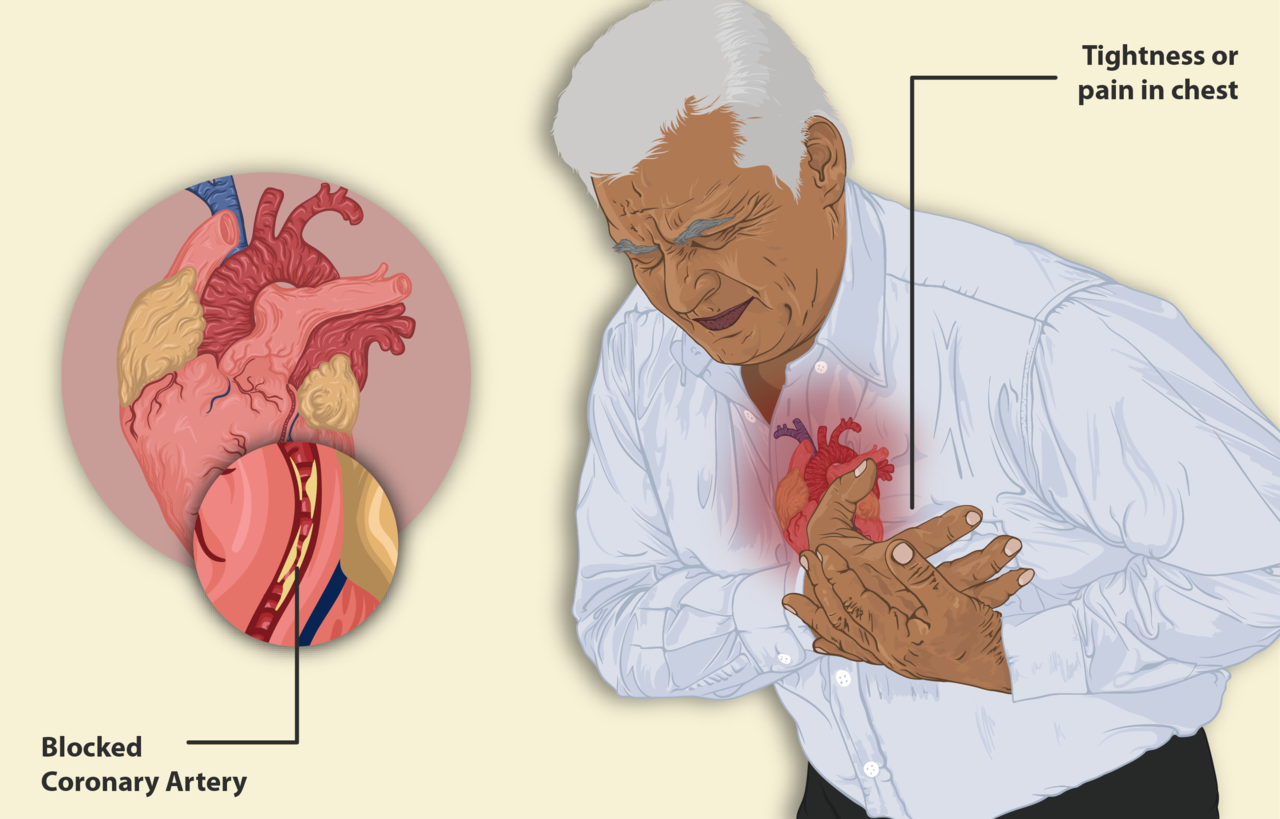
https://unsplash.com/photos/BOBMNKVry0Q
The probability of a woman dying from breast cancer is about 2.6%. But despite the drop in female breast cancer-related deaths, breast cancer is still considered the second most common type of cancer that affects women. But despite the many advancements in cancer treatment, medical professionals and scientists continue to look for ways to improve treatment methods and give patients a better chance at getting cured.
To facilitate research and scientific discoveries aimed at beating cancer, scientists and doctors need the help of volunteers who will participate in clinical trials. A clinical trial is a standard procedure required by the Food and Drug Administration before any drug or treatment method is deemed safe and viable.
What is the purpose of a clinical trial?
In cancer research, the focus of conducting clinical trials is to test new treatment methods and drugs. The goal is to find out if the new treatment is effective, safe, and better than any of the current therapies used by medical professionals. These trials specifically involve evaluating new cancer drugs, new combinations of existing treatment methods, potential new approaches to surgery or radiation therapy, as well as entirely new methods of treating cancer.
Individuals who agree to participate in a clinical trial are the first to receive a treatment before it is considered safe for public use. As such, clinical trials do come with a significant amount of risk. Before a person goes through any clinical trial, it is always necessary to speak to a doctor to learn about the risks and possible side effects.
Why join a clinical trial?
There are many reasons to join a clinical trial. First, cancer patients that are already out of treatment options may find a chance with an ongoing clinical trial for a new treatment method. Standard treatment methods for cancer are not perfect; hence, many people are willing to try clinical trials despite the risks, hoping that they will have a better chance of getting cured.
Many people also participate in clinical trials for breast cancer as a means of contributing to the progress of treating breast cancer at various stages.
The procedure required for patient safety
Before a patient can participate in a clinical trial, medical professionals and researchers conduct an ‘informed consent’ process. During this process, it is necessary for patients to:
• Know the detailed description of the treatment option and how it differs from any standard treatment the patient may have undergone.
• Learn about all the risks associated with the trial as well as how these risks differ from those associated with conventional treatment.
• Know what is required for them to participate, such as how many tests are involved, how frequent they need to visit the doctor and the schedule for each visit.
Clinical trials also follow strict rules to identify whether a candidate is eligible or not. These rules are in place to ensure that each patient who agrees to participate in a clinical trial remains safe throughout the process. The research team and medical professional will usually discuss and review the eligibility criteria with each patient interested in undergoing a clinical trial.









